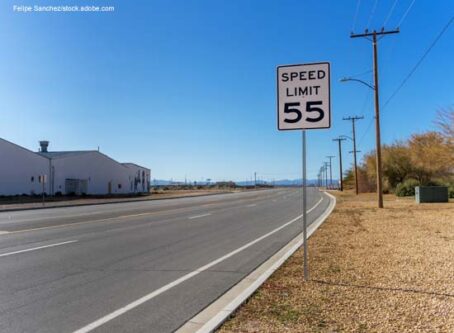Study reveals Americans drove distracted in 36 percent of trips
Perhaps not too surprising for most, recent data reveals that distracted driving is only getting worse. Research conducted by telematics and behavioral analytics company Cambridge Mobile Telematics shows distracted driving occurring in more than 36 percent of trips across the United States, a 5 percent increase from last year.
Cambridge, Mass.-based Cambridge Mobile Telematics has a smartphone app that collects data and provides advice to motorists to become a better driver. This is done by analyzing five driving behaviors: phone use while driving, at-risk speeding, hard braking, harsh acceleration and cornering.
Of the more than 65 million trips compiled in the data, 38 percent of distracted driving occurred between 4 p.m. and 6 p.m., making the evening drive the most susceptible to distraction.
Fortunately, most distracted driving was not done at highway speeds. Most distractions occurred at speeds between 30 mph and 40 mph, nearly 20 percent. That percentage steadily decreases the faster the vehicle traveled.
In fact, more than half of distracted driving occurred on local roads. Although distracted driving crashes have been increasing, most drivers are not distracted for a long period of time. Average distraction time per trip was only 2.67 seconds per mile.
CMT also analyzed distracted driving in eight cities: Boston, Chicago, Houston, Los Angeles, New York, Philadelphia, San Francisco and Washington, D.C.
Houston and Philadelphia had the highest percentage of distracted trips at 39.99 percent and 39.97 percent, respectively. The national average is 36.1 percent.
In terms of distracted time per mile, Philadelphia (3.77 seconds), Boston (3.4 seconds) and Washington, D.C. (3.39 seconds) drivers spent more time distracted.
More than 98 percent of Houston drivers drove while distracted at least once, the most among the eight states studied. Nearly 40 percent of D.C. motorists drove distracted on at least half of the drives, more than the other cities. Motorists in D.C. ranked the highest for distracted on all drives, at 1.1 percent of drivers.
According to its website, Cambridge Mobile Telematics has a proven record of changing driver behavior with an average reduction of 35 percent in phone distraction, 20 percent in hard braking, and 20 percent in at-risk speeding all within less than 30 days of using the program. The company was founded in 2010 by two Massachusetts Institute of Technology professors.









